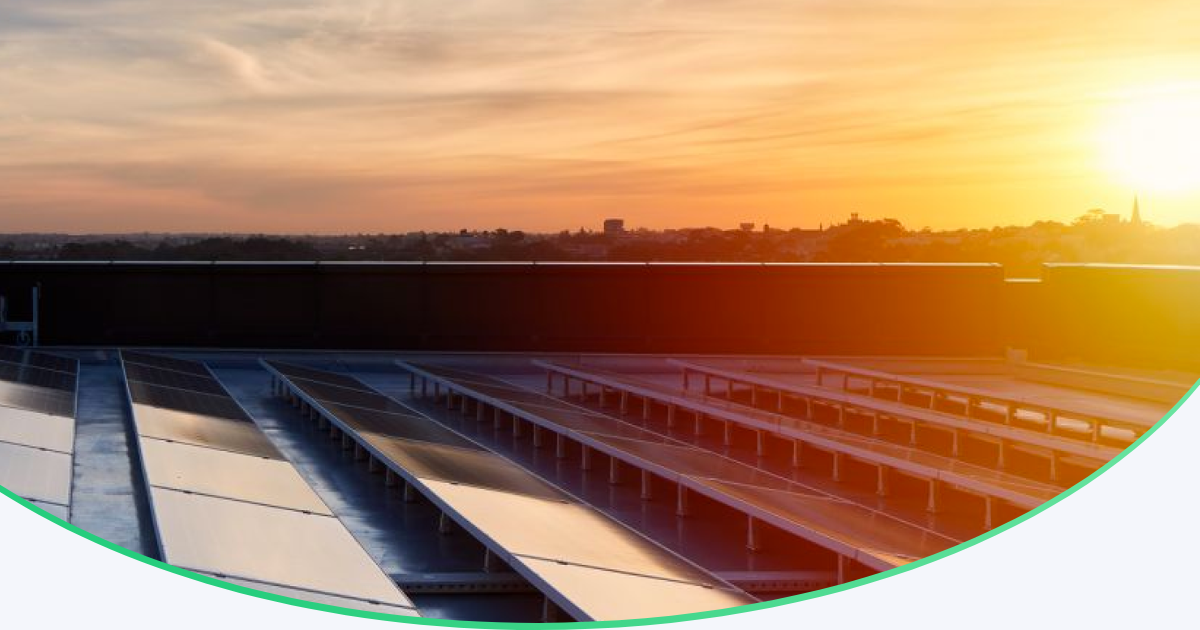Here is how the brave new renewable energy world looks like
Electric cars, electric bikes, smart homes, community charging points, energy communities, tokenised energy billing – the digital energy revolution is heading unstoppably towards your household. This is how the not-so-utopian brave new sustainable future will look like.
For years we’ve been hearing about smart homes, smart appliances and smart electrical devices and how they will impact our lives and our daily lives. And while the digitalisation of homes has its benefits, the real meaning will come with the energy transition in the years ahead of us. When washing machines and dishwashers will run their programmes as the most surplus energy is available in the household system. When the batteries of electric bicycles and cars will be treated by the smart home energy system as surplus storage capacity alongside the wall-mounted battery in the garage and. Latter where possible, will be charged when there is surplus generation from their own or even neighboring energy community members’ solar panels. Furthermore, thanks to the tokenized energy production and accounting, when you head into town on your electric cargobike and charge your vehicle in front of a store while you shop, you pay with energy tokens loaded from your home system. Ultimately all of your energy production and consumption can be tracked and accounted for in real time at arm’s length through your smartphone app.
It is automation like this and others that will bring us to the increasingly less utopian world of smart devices. A world in which, with the rapid spread of electromobility in personal and public transport, the importance of being able to recharge your own vehicles at home and company vehicles in offices and factories from sustainable sources is increasingly important.
Home charging needs to be complemented by the mass creation of publicly accessible community charging points in cities, towns and villages across Europe – for which energy tokens also provide an efficient and transparent payment method for accounting and interoperability of their systems.
Accordingly, the energy market of the future – instead of the current model of giant generators supplying households en masse – will be one in which many small local generation and storage capacities will provide the bulk of energy production. As a result, locally sourced, shared, and consumed electricity production and use will replace the majority of consumption, significantly increasing the efficiency and sustainability of our energy use.
The day is fast approaching when solar power generation on your rooftop will be as common as the washing machine in your household – we like to say to each other within’ the rising.eco team. As a proof take the example of Vienna. In the Austrian capital it will no longer be allowed to equip new-build houses with individual gas boilers from the end of 2022. Or in Norway, the incentives have now pushed the share of electric cars in new vehicles so high, that the Oslo government is already rethink its current model of taxing zero emission vehicles.
Radical reforms in energy production, distribution and use are now clearly emerging across Europe, which, combined with the innovation and the money to underpin the transition towards sustainability. They will transform the lives of Europe’s citizens, regardless of the live in cities or in the countryside. On a scale that is hard to imagine today.
Image source: nextgenpanels
Tags:
